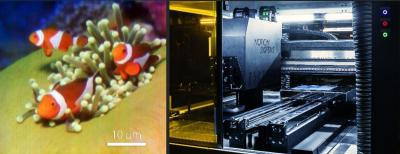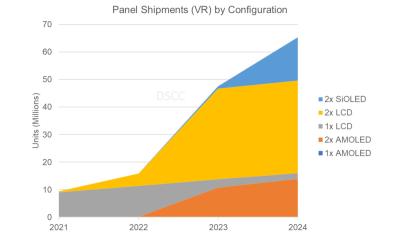Notion Systems sells several n.jet EHD system
Notion Systems GmbH, a leading manufacturer of inkjet printing systems for functional materials, has received several orders for its newly developed n.jet EHD platform. The EHD (Electrohydrodynamic) technology is a promising technology to reduce structure sizes to less than one micron and enables the use of higher viscosity inks. It supports printing of small structures in microelectronics, semiconductor and next generation display manufacturing. Notion will ship the first four n.jet EHD systems to undisclosed customers in Europe in the third quarter of 2022.
The overall benefits of inkjet printing in the display industry are:
- Printing of smaller features sizes compared with conventional inkjet printing
- Elimination and replacement of various process steps
- Material savings, as printing is done digitally and without masks
- Replacement of expensive process steps

Several presentations and discussions with industry representatives during Display Week 2022 in San Jose USA revealed that inkjet printing technology for OLED/QLED displays will play an important role in future production. Since standard inkjet printing has a limitation at 400 dpi, EHD technology is the way to go. This was one of the main reasons why Notion entered into a cooperation with EHD printhead manufacturer Scrona in Switzerland last year, says Antonio Schmidt - SVP Sales & Marketing of Notions Systems









